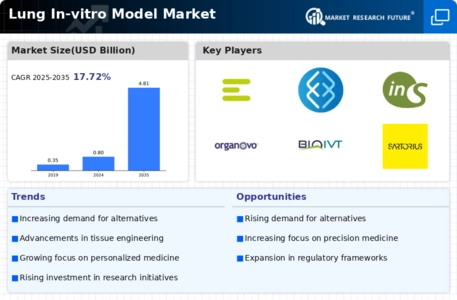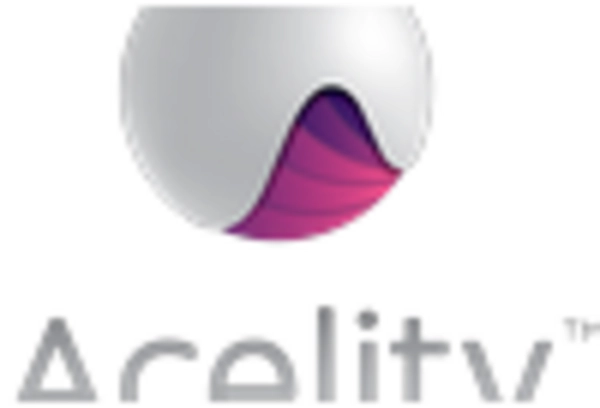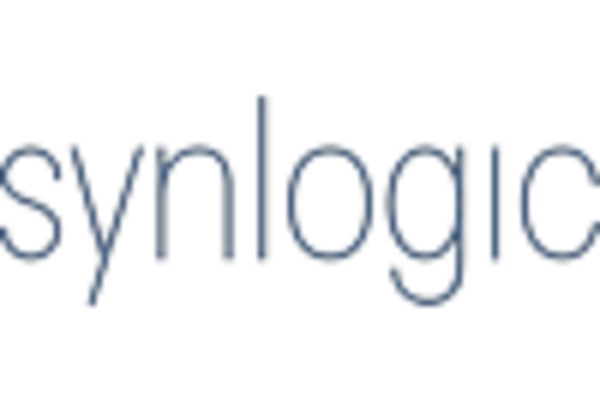Advancements in Biotechnology
Technological innovations in biotechnology are transforming the Lung In-vitro Model Market. The advent of organ-on-a-chip technologies and 3D bioprinting has enabled the creation of more sophisticated lung models that closely replicate human tissue architecture and function. These advancements facilitate more accurate drug testing and toxicity assessments, which are crucial for the pharmaceutical industry. Market data indicates that the demand for advanced in-vitro models is expected to grow significantly, as researchers seek to reduce reliance on animal testing and improve the predictive power of their studies. Consequently, the Lung In-vitro Model Market is poised for expansion, driven by the integration of cutting-edge biotechnological solutions.
Focus on Personalized Medicine
The shift towards personalized medicine is emerging as a significant driver for the Lung In-vitro Model Market. As healthcare moves towards tailored therapies, there is a growing need for models that can accurately represent individual patient responses to treatments. In-vitro lung models offer the potential to study patient-specific disease mechanisms and drug interactions, thereby facilitating the development of personalized therapeutic strategies. Market trends indicate that researchers are increasingly seeking out these models to enhance the precision of their studies. This focus on personalized medicine is likely to propel the Lung In-vitro Model Market forward, as it aligns with the broader movement towards individualized healthcare solutions.
Growing Investment in Drug Development
The surge in investment for drug development, particularly in the respiratory disease sector, is a notable driver for the Lung In-vitro Model Market. Pharmaceutical companies are increasingly allocating resources to research and development, aiming to discover novel therapies for lung-related conditions. This trend is reflected in market data, which shows a rise in funding for projects utilizing in-vitro models to streamline the drug discovery process. By employing these models, researchers can efficiently evaluate drug efficacy and safety, thereby accelerating the time-to-market for new treatments. As investment in drug development continues to grow, the Lung In-vitro Model Market is expected to benefit from increased demand for innovative research tools.
Rising Prevalence of Respiratory Diseases
The increasing incidence of respiratory diseases, such as asthma and chronic obstructive pulmonary disease (COPD), is a primary driver for the Lung In-vitro Model Market. According to recent data, respiratory diseases account for a significant portion of global morbidity and mortality. This trend necessitates the development of effective therapeutic strategies, which in turn fuels demand for in-vitro models that can accurately mimic human lung physiology. These models are essential for understanding disease mechanisms and testing new drugs, thereby enhancing the research capabilities of pharmaceutical companies. As the burden of respiratory diseases continues to rise, the Lung In-vitro Model Market is likely to experience substantial growth, driven by the need for innovative solutions to address these health challenges.
Regulatory Support for Alternative Testing Methods
Regulatory bodies are increasingly endorsing the use of alternative testing methods, which is a key driver for the Lung In-vitro Model Market. Initiatives aimed at reducing animal testing have led to the establishment of guidelines that promote the adoption of in-vitro models. This regulatory support not only encourages innovation but also provides a framework for the validation of these models in drug development processes. As pharmaceutical companies align their research practices with regulatory expectations, the demand for reliable lung in-vitro models is likely to surge. This shift towards alternative testing methods is expected to significantly impact the Lung In-vitro Model Market, fostering growth and development in this sector.


















Leave a Comment